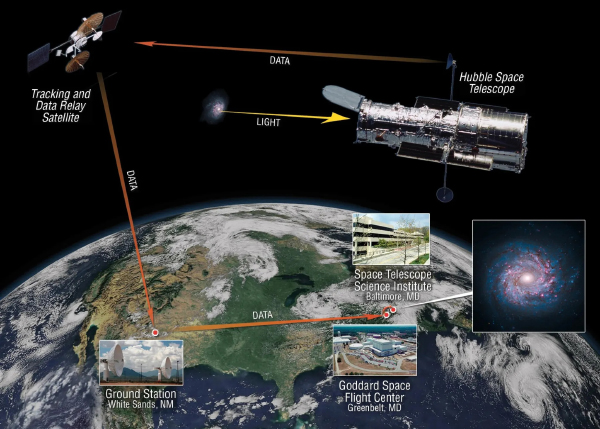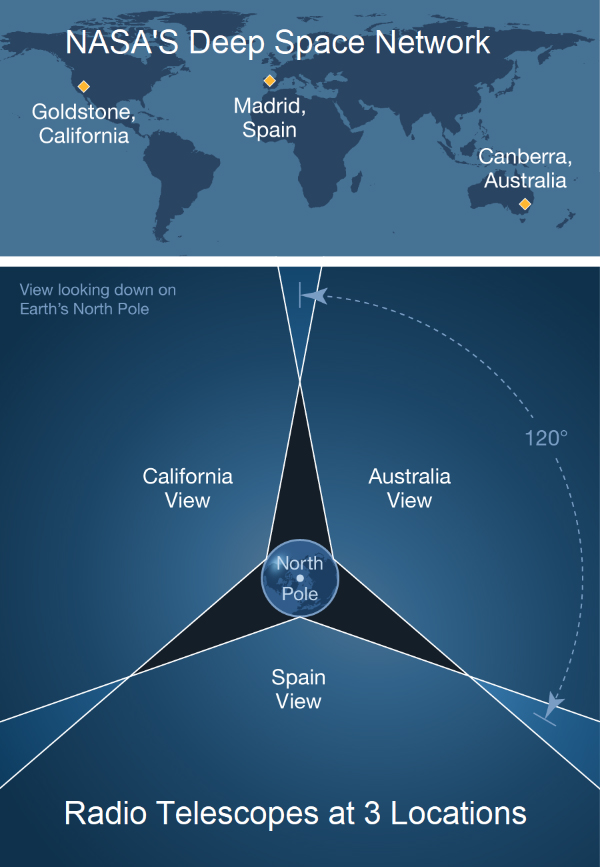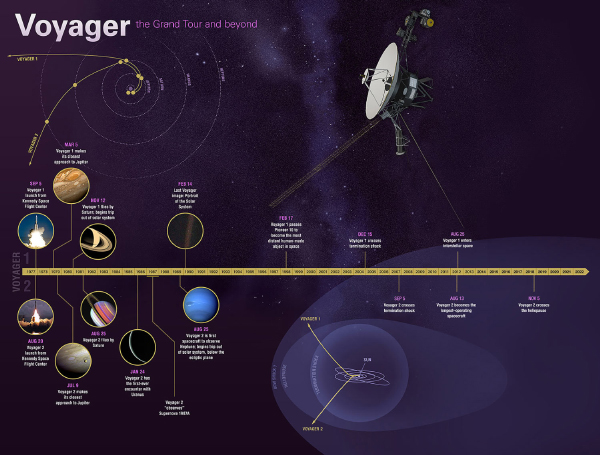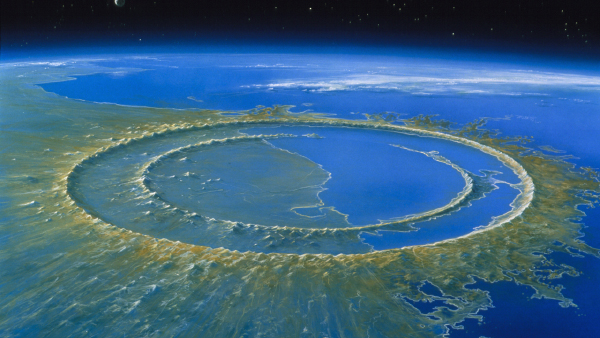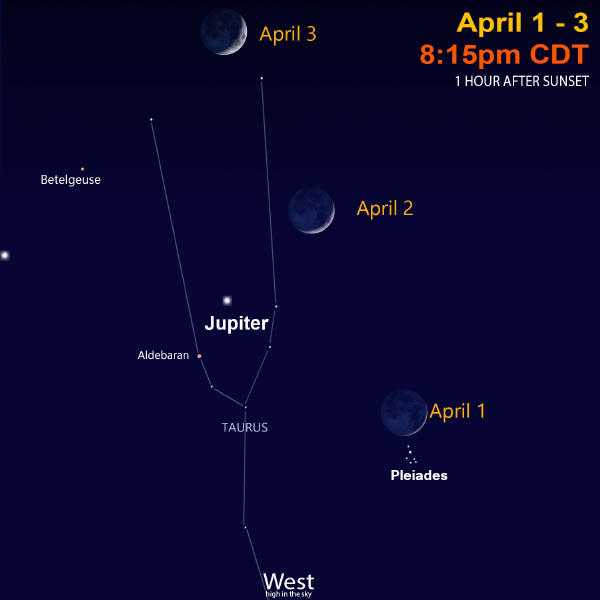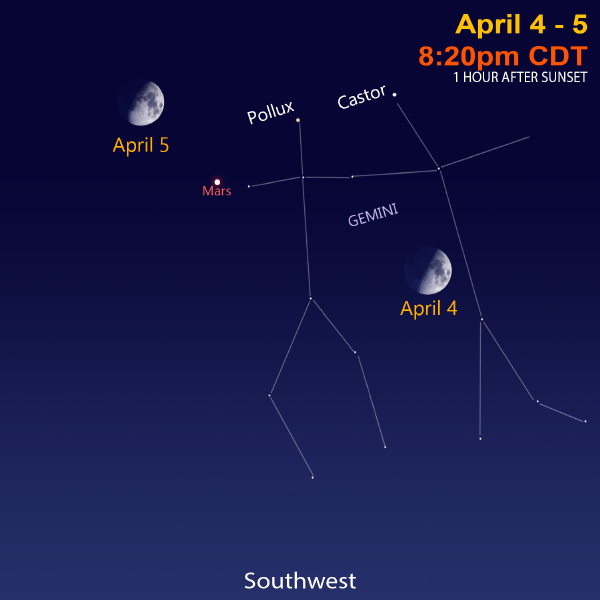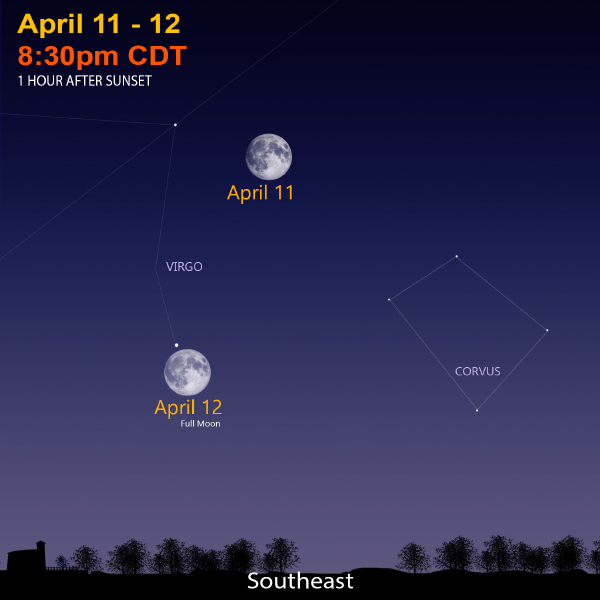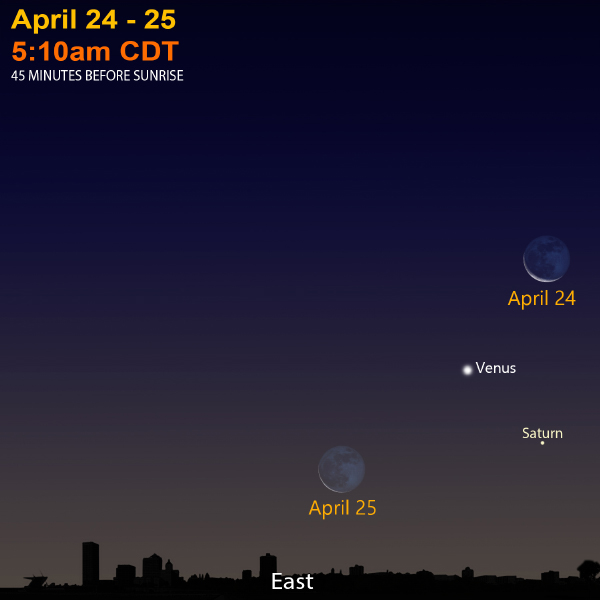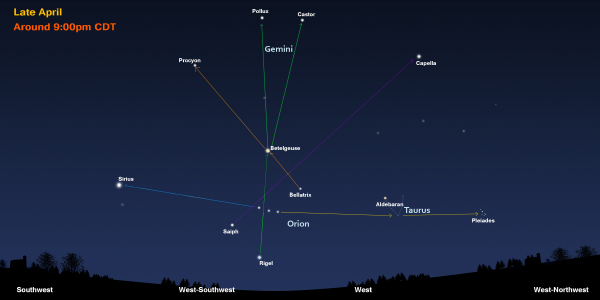Cosmic Curiosities
"The most beautiful thing we can experience is the mysterious. It is the source of all art and science."
- Albert Einstein
Art and Science
I first heard Albert Einstein's quote above many years ago, working on a Planetarium program about the Hubble Space Telescope. Back then, I gave it little attention. Yet, each time I read these lines, I gave it more and more thought. Finally, it was time to bring science, art, and mystery into one program; we call it The Artistic Universe, opening at MPM April 5!
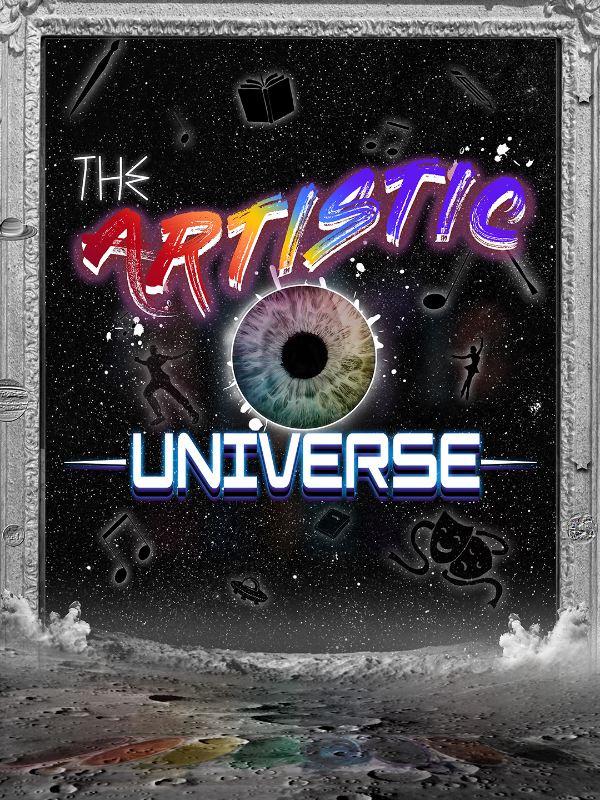
MPM poster of new Planetarium program
The goals of our new program are to engage, educate, and inspire planetarium audiences on the beauty of both art and science and to reveal that art and science are more alike than different. Below are a couple specific ideas we'll explore.
ART OR SCIENCE BRAIN?
Many of us think we are either scientific or artistic in nature. This reasoning stems from the idea that humans are born with a brain propensity for art or science—or neither. The notion that some people are "left-brained" (good at logic and math), and others are "right-brained" (good at art and creativity), is wrong.
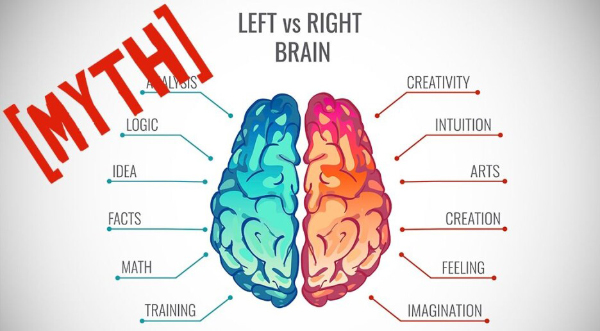
Credit: Shutterstock
We dispel this myth in our new Planetarium program! While brain hemispheres do specialize in different tasks (e.g., the left hemisphere is involved in language and the right in spatial reasoning), these are not exclusive to one side, and both hemispheres work together. Our decisions to pursue art or science in our lives are influenced more by family, friends, teachers, mentors, and events—anyone or any circumstance that encourages and supports our art or science endeavors. We humans need both art and science—and we often use both without even noticing it!
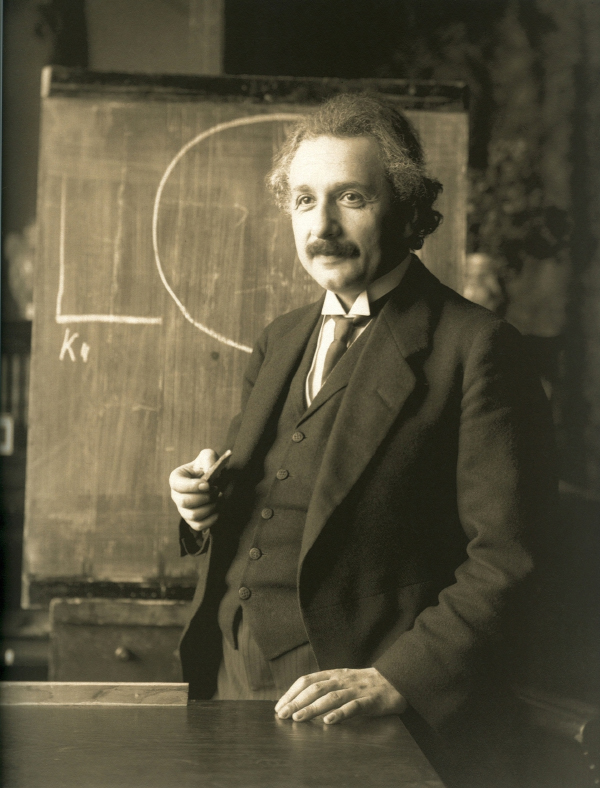
Albert Einstein during a lecture in Vienna in 1921; public domain
A 2013 study suggested Einstein's genius might be because his two brain hemispheres were more connected than most brains. The part of the brain that does this is called the corpus callosum, which facilitates communication between the left and right sides of the brain. The differences of brain hemisphere functions were discovered back in 1960 from studying "split-brained" patients, individuals who had their corpus callosum severed to try and treat epilepsy. This allowed researchers to isolate and study the functions of each hemisphere.
SOLVING A MYSTERY
A mystery, by its very nature, can be overwhelming to understand and hard to articulate.
Take this simple mystery: How did the universe begin? Science has given us amazing proof for the Big Bang explanation. Yet, somehow, these answers can be unsatisfying. The evidence of cosmic expansion—galaxies rushing away from us in all directions and the cosmic microwave background—are widely accepted by astronomers. Still, these solutions do not explain what caused the Big Bang in the first place. The above video is an art animation based on the Big Bang evidence. (Obviously, we do not have any actual video from 13.8 billion years ago!)
Artistic interpretations for the origins of the universe sometimes use symbolism and metaphors. They can often draw upon ancient cultural myths, religions, and cosmologies to convey the vastness and mystery of the beginning of the cosmos.
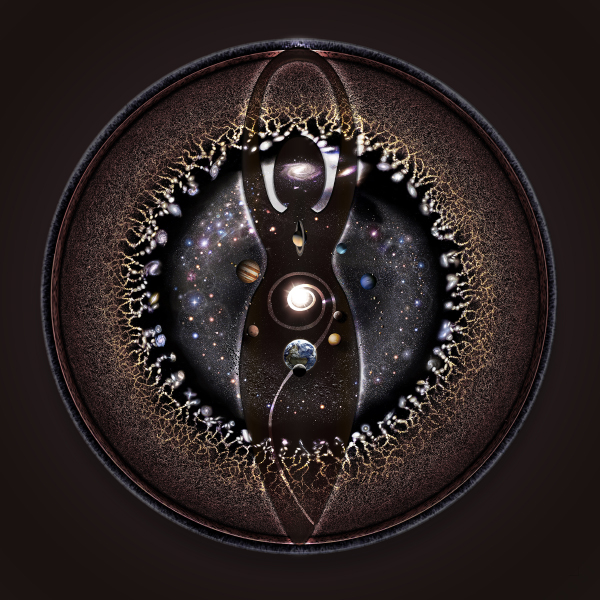
Artful Universe by Pablo Budassi
Art and science are essential in solving and examining mysteries. Science is often seen as objective and logical, with its emphasis on observation and measurements. This rational approach has uncovered many truths that were once mysteries. Science uses many new tools to unlock a mystery. In our program, we explore how the microscope and telescope have given us fresh insights just by looking at things from a different perspective.
Even with all our technology, science works best when it uses imagination and creativity. This artistic approach can help generate new paths and possibilities. Also, art can be used to visualize and describe complex information. Art can help present science in a way that is easier to understand. NASA often calls on artists to visualize something they have discovered but cannot photograph directly.
To find out more about art and science, come see our new program at the Daniel M. Soref Planetarium at MPM!
Space Talking
Communication is crucial for human ingenuity and growth. Studies indicate we first used language to talk around 135,000 years ago. Talking is how new ideas illuminate—the proverbial lightbulb. We started drawing pictures and writing about 40,000 years ago. First, we drew on cave walls. Then, we recorded thoughts and observations on stone tablets. Now, we can send our information via the electromagnetic spectrum.
MESSAGES TO OUR SPACECRAFT
Today, scientists on Earth constantly send messages into space. This information helps operate the many satellites orbiting Earth and various spacecraft exploring the sun, planets, moons, and asteroids. We have been talking to our space vehicles since 1958 when NASA launched Explorer 1.
Hubble communication paths; credit: NASA
Space communication is done by Tracking and Data Relay Satellites (TDRS), NASA's network of seven communications satellites in geosynchronous orbit around Earth. These satellites provide near-continuous relay of radio communications to satellites like Hubble and the ISS, as well as Earth-observing missions like Terra and Aqua. This system is supported by five ground stations, transmitting information to and from those satellites to NASA scientists. While most of the communications are for official business, amateur radio operators can also connect with astronauts on the ISS through the Amateur Radio on the ISS (ARISS) program.
Outside of our Earth cul-de-sac, the Deep Space Network (DSN) handles communications throughout the solar system. Through three facilities, which are spaced equidistant on Earth's surface, any distant spacecraft's signal can be caught by the antennae of these sites' large parabolic dishes, facilitating missions in the wider solar system and the edges of our explored universe.
MESSAGES TO ALIENS?
Back in 1936, a television broadcast was strong enough to escape into space—albeit weakly. It was Nazi Germany's telecast of the 1936 Olympic Games Opening Ceremony in Berlin. Did it reach outer space, a one-way trip out to the cosmos? According to astronomer Seth Shostak, “The signal had a strong enough frequency to traverse the ionosphere, but had very low power, and with a non-directional antenna, the idea that aliens might pick it up is pretty far-fetched."
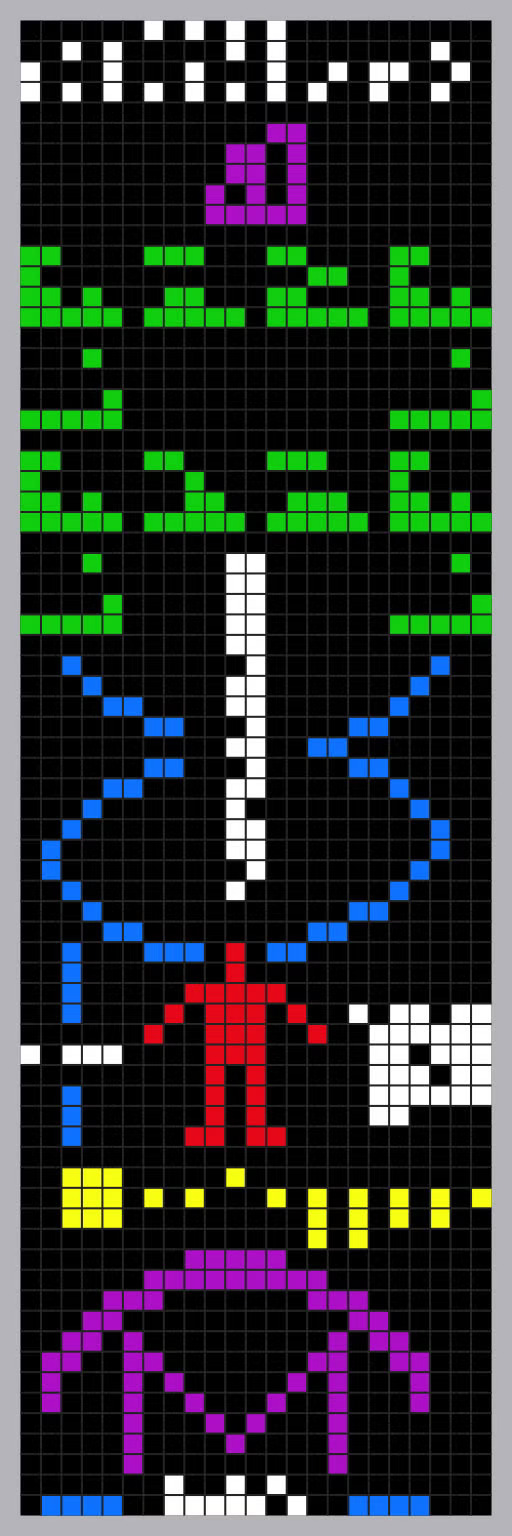
Arecibo message, telescope in purple and a human stick figure in red; credit: Wikipedia Commons
The first intentional human broadcast into space came from the Arecibo Radio Telescope in Puerto Rico in 1974. The message contained information about humanity, including the structure of DNA, the solar system, and the Arecibo telescope itself. It was designed in binary code and hoped to be easily decipherable by potential alien civilizations.
In 1977, NASA launched Voyagers 1 and 2 to explore the outer planets. Each carry a golden record, time capsules of sound and data to portray life and culture on Earth. More recently, in 2008, scientists even transmitted a recording of the Beatles song “Across the Universe” via the DSN in the direction of the star Polaris.
Credit: NASA
Voyagers 1 and 2 are still in communication with scientists, nearly 50 years later! After giving us great pictures of the planets, they now examine interstellar space. Given the immense distance between Earth and the Voyagers (both more than 13 billion miles away), any commands given to the probes through the DSN take a while. For Voyager 1, it takes more than 23 hours to receive a message, and another 23 hours to get a response back. For Voyager 2, it takes 19.5 hours both ways.
The two space probes have a radioisotope power system which loses about four watts of power per year. After operating for almost half a century, their electrical power is running low. It is impossible to pinpoint when the Voyagers will stop talking to Earth; NASA thinks maybe another five to ten years, but it could be sooner.
Who knows, someday in the future, an extraterrestrial message will be sent to us! It's possible. In the meantime, our space communication networks will continue supporting our cosmic ambitions toward infinity and beyond!
Earth Craters
Space is absolutely littered with debris—comets, asteroids, and meteoroids. Most of these objects—even those close to Earth—will never slam into us. But what happens when they do? When a large meteor makes impact with Earth, it leaves a huge scar on the surface called a crater.
An impact crater on Earth's surface is somewhat unique. Especially when you compare Earth to the moon! There are 5,185 craters on the moon that are more than 12 miles across. Astronomers estimate that more than a million craters larger than half a mile exist on the lunar surface. If Earth had no atmosphere, it would have billions of craters. Of course, with no atmosphere, we would not be here.
Most rocks enter our atmosphere at blinding speeds—about 20 miles per second. This means you must be a big rock to leave a crater! Even if you do make a crater, Earth's geological processes like erosion, volcanism, and plate tectonics can reduce or remove the appearance of your crater throughout time. Still, meteorites still manage to leave their mark since Earth's formation. Here are the most interesting impact craters on Earth...
BARRINGER CRATER
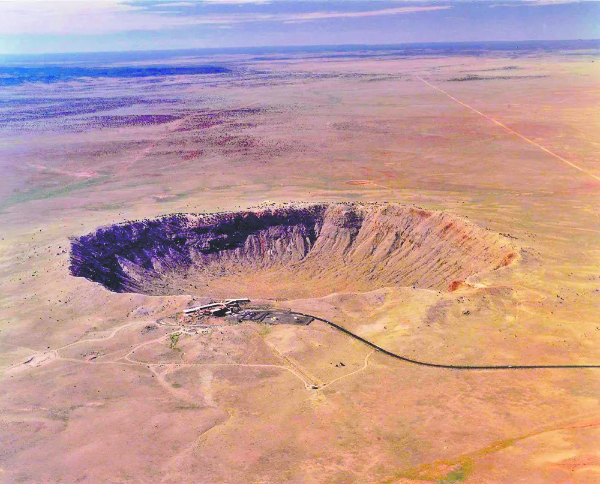
Credit: Meteor Crater Enterprises
Barringer Crater, or Meteor Crater, near Winslow, Arizona is the 50,000-year-old bowl left behind by a 300,000-ton meteor slamming into the Colorado Plateau. The object was estimated to be 150 feet across and impacted the surface with the force of 150 nuclear bombs. Around 270,000 people visit this hole in the ground each year. This crater lies at an elevation of 5,640 feet above sea level. Its dimensions measure about 3,900 feet (0.7 miles) in diameter and 560 feet deep. It is surrounded by a rim that rises 148 feet above the surrounding plains. During the 1960s and 1970s, NASA astronauts trained in the crater to prepare for the Apollo missions to the Moon. Today, astronauts still do field training at Meteor Crater.
MANICOUAGAN CRATER

Manicouagan Crater from orbit; credit: NASA/GSFC/LaRC/JPL
Arizona's Meteor Crater is a good example of a classic, relatively untouched crater. However, not all impact craters are so obvious. Take the Manicouagan Crater in Quebec, Canada: This ring-shaped lake fills the Triassic divot left by an asteroid that was five miles across—the size of a small town! If you were to visit this lake crater, you might not even realize that it was an impact crater. Photos from orbit show the clear impact structure that is still present 214 million years after the collision.
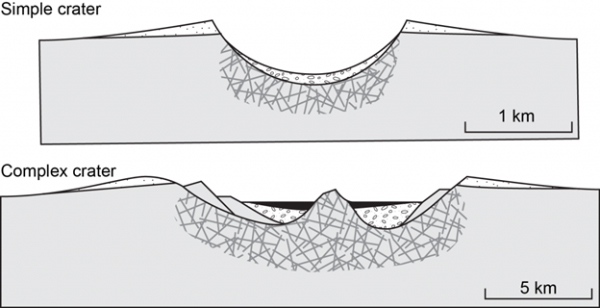
Manicouagan Crater is known as a complex crater, as opposed to the “simple” Barringer Crater. Instead of a flat or round-bowl shape, it has a central peak—in this case, Mount Babel—with a lower ring around it where the lake fills in. The crater originally stretched 62 miles across, but erosion has reduced the visible diameter to only 45 miles.
ROCK ELM DISTURBANCE—AKA WISCONSIN CRATER
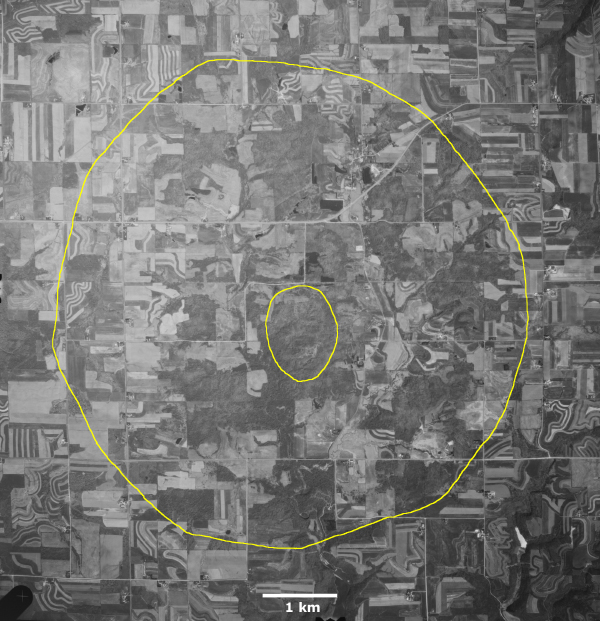
Rock Elm Disturbance as mapped by Dr. Bill Cordua
Another example of a crater that is not noticeable is located here in Wisconsin! The Rock Elm Disturbance—aka Wisconsin Crater—can be found in western Wisconsin, near the cities of Rock Elm and Plum City. It was formed around 430 million years ago with the impact of a 560-foot meteor. This impact so many millions of years ago means Wisconsin obviously was not Wisconsin. In fact, back during the Silurian period, from 443 to 419 million years ago, Wisconsin was covered by shallow saltwater. Due to plate tectonics, our current land was located 20 degrees south of the equator.

Credit: Dr. Bill Cordua
Even satellite images do not make it obvious that this is an impact crater, but geological studies of the region revealed the presence of a particular form of zircon called reidite. This type of rock is only created when shock waves from a huge impact drive up the pressure and temperature of the environment.
THE HUGE CRATERS—CHICXULUB AND VREDEFORT
Credit: Detlev van Ravenswaay, Science Source
Now, you may be wondering about the famed asteroid that killed the dinosaurs. The crater believed to be associated with that impact is found in the Yucatan Peninsula of Mexico. It is called the Chicxulub Crater, after a nearby town. It was caused by an asteroid six miles across that smashed into the Earth 66 million years ago. As you can imagine, this crater was not identified visually. The crater's structure was revealed by variations in the strength of Earth's gravitational field in that area. Gravity increases as you get closer to Earth's center and vice versa, so even climbing a hill will very slightly change the force of gravity you experience.
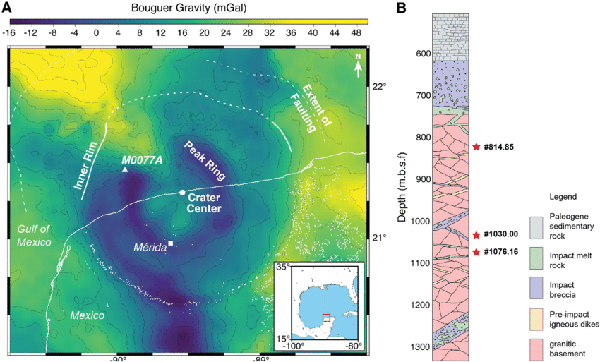
Gravity Map of Chicxulub Crater; credit: Morgan et al and Gulick et al
Maps of the gravitational field strength in the area revealed large concentric rings: a complex, multi-ring crater 120 miles across and nearly a mile deep. The Chicxulub Crater is only the second largest impact crater on Earth. The impact itself did not instantly kill the dinosaurs, but the resulting tsunamis, earthquakes, and global blanketing of hot ash and gas severely impacted Earth's atmosphere. The climate change was so severe it led to more than 70% of all species becoming extinct.
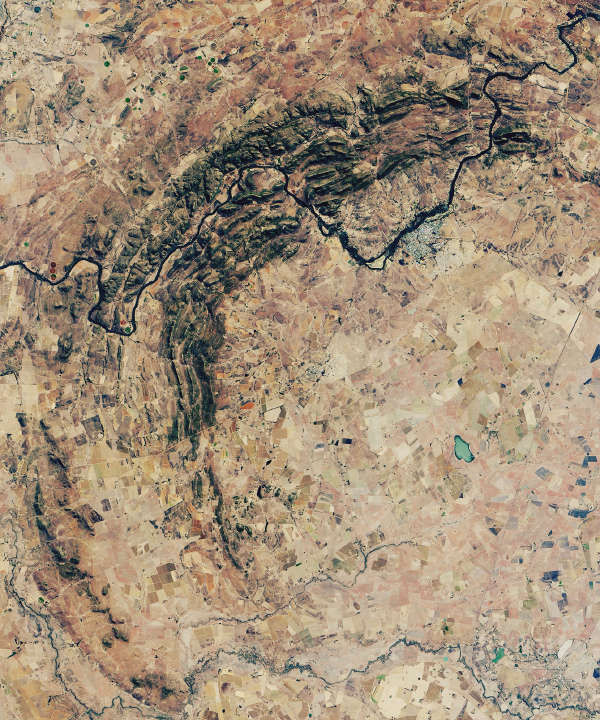
Satellite Image of Vredefort Crater; credit: NASA Earth Observatory
The largest crater is the Vredefort Crater near Johannesburg, South Africa. It's approximately 180 miles across. Like the Rock Elm Crater in Wisconsin, studies of the rock in this region confirmed the crater was produced by a meteor impact, specifically from an asteroid estimated to be 12 to 16 miles in diameter.
We study Earth's craters to assess the damage these impacts created. We also scan the skies above for potential dangers from rogue rocks that might crash into Earth.
Space in Sixty Seconds
Observe a pink moon and see a star go supernova!
Sky Sights
On the nights of April 1 through 3, watch our crescent Moon pass the bright planet Jupiter and the stars of Taurus the Bull. On April 1, the king planet will be very near the Pleiades star cluster.
By April 4 and 5, the Moon orbits by the red planet Mars and the two bright stars in Gemini, Castor and Pollux.
The full moon in April is called the Pink Moon, though it will not turn pink. The name comes from the flowers that pop out in April—with many being a pinkish color. On April 12, look for the moon shining very closely to the bright star Spica in Virgo.
Very early of the mornings of April 24 and 25, look for the Moon shining with the planets Venus and Saturn.
By April's end, start to say goodbye to Orion and all the bright stars of winter. In another week or so, they are behind the sun or lost in the glare. These stars do not return to the evening skies until late October.
Mercury is too low in the early morning sky to be seen easily in late April.
April Star Map
Sign Up
Receive this newsletter via email!
Subscribe
See the Universe through a telescope
Join one of the Milwaukee-area astronomy clubs and spot craters on the Moon, the rings of Saturn, the moons of Jupiter, and much more.
Follow Bob on social media
Twitter: @MPMPlanetarium
Facebook: Daniel M. Soref Planetarium


